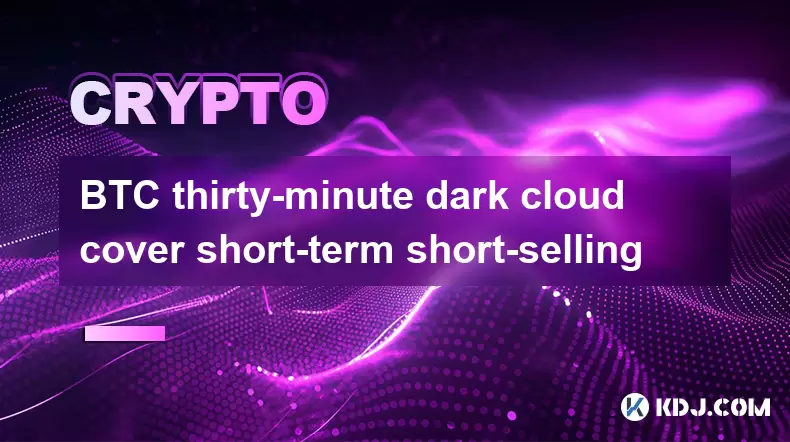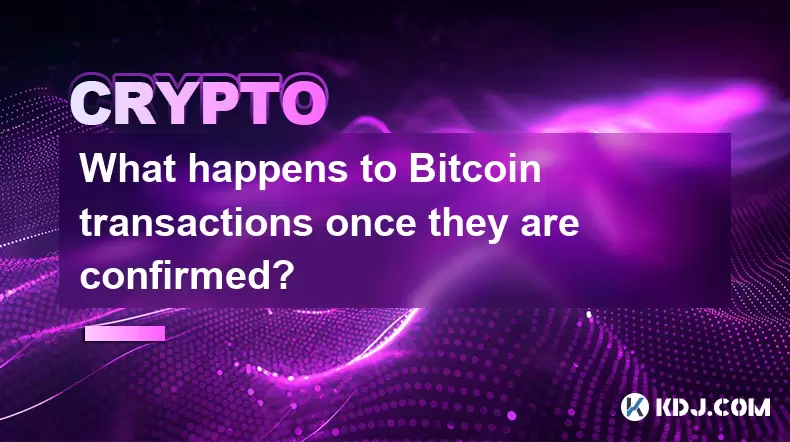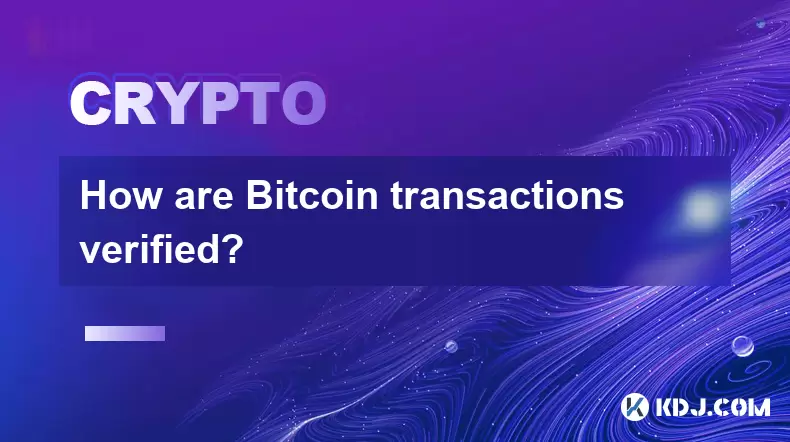-
 Bitcoin
Bitcoin $116800
0.71% -
 Ethereum
Ethereum $4211
6.94% -
 XRP
XRP $3.276
1.68% -
 Tether USDt
Tether USDt $1.000
0.02% -
 BNB
BNB $807.0
3.00% -
 Solana
Solana $180.5
3.24% -
 USDC
USDC $0.9999
0.01% -
 Dogecoin
Dogecoin $0.2406
9.02% -
 TRON
TRON $0.3357
-1.10% -
 Cardano
Cardano $0.8047
3.16% -
 Hyperliquid
Hyperliquid $43.81
7.97% -
 Chainlink
Chainlink $21.08
10.16% -
 Stellar
Stellar $0.4506
1.97% -
 Sui
Sui $3.916
4.69% -
 Bitcoin Cash
Bitcoin Cash $568.3
-1.85% -
 Hedera
Hedera $0.2628
2.48% -
 Avalanche
Avalanche $24.17
4.54% -
 Ethena USDe
Ethena USDe $1.001
0.03% -
 Litecoin
Litecoin $121.4
0.35% -
 Toncoin
Toncoin $3.408
2.28% -
 UNUS SED LEO
UNUS SED LEO $8.978
-0.08% -
 Shiba Inu
Shiba Inu $0.00001376
7.59% -
 Uniswap
Uniswap $10.86
2.94% -
 Polkadot
Polkadot $4.079
5.33% -
 Dai
Dai $1.000
0.02% -
 Pepe
Pepe $0.00001231
10.28% -
 Bitget Token
Bitget Token $4.502
0.79% -
 Cronos
Cronos $0.1576
3.63% -
 Monero
Monero $271.1
0.48% -
 Ethena
Ethena $0.7336
18.38%
BTC thirty-minute dark cloud cover short-term short-selling
Use the thirty-minute dark cloud cover pattern on BTC charts to identify short-selling opportunities, and manage risks with stop-loss orders and position sizing.
Jun 03, 2025 at 01:01 am

BTC thirty-minute dark cloud cover short-term short-selling
The cryptocurrency market is known for its volatility and rapid price movements, making it an attractive arena for traders looking to capitalize on short-term opportunities. One popular technical analysis pattern that traders often use to identify potential short-selling opportunities is the dark cloud cover. In this article, we will delve into how to identify and execute a short-term short-selling strategy based on the thirty-minute dark cloud cover pattern specifically for Bitcoin (BTC).
Understanding the Dark Cloud Cover Pattern
The dark cloud cover is a bearish reversal pattern that occurs at the end of an uptrend. It is composed of two candlesticks:
- The first candlestick is a bullish candle, indicating continued buying pressure.
- The second candlestick is a bearish candle that opens above the high of the previous bullish candle but closes within the body of the first candle, ideally below the midpoint.
This pattern suggests that the bullish momentum is waning, and bearish forces are starting to take control. For traders looking to short-sell BTC, the thirty-minute dark cloud cover can be a valuable signal.
Identifying the Thirty-Minute Dark Cloud Cover on BTC Charts
To effectively identify the thirty-minute dark cloud cover pattern on BTC charts, traders should follow these steps:
- Open your trading platform and navigate to the BTC/USD chart.
- Change the timeframe to thirty minutes to ensure you are viewing the correct interval.
- Scan the chart for a recent uptrend, which is essential for the pattern to be valid.
- Look for the first candlestick in the pattern, which should be a bullish candle indicating continued buying pressure.
- Identify the second candlestick, which must open above the high of the first candlestick and close within the body of the first candle, preferably below the midpoint.
Once you have identified this pattern, it is a potential signal to initiate a short-selling strategy.
Executing a Short-Term Short-Selling Strategy
Once you have confirmed the presence of a thirty-minute dark cloud cover on the BTC chart, you can proceed with executing a short-term short-selling strategy. Here’s how to do it:
- Open a short position by selling borrowed BTC at the current market price.
- Set a stop-loss order above the high of the bearish candlestick to limit potential losses if the price moves against your position.
- Determine your target price for closing the short position, which could be based on support levels or other technical indicators.
By following these steps, you can capitalize on the bearish momentum suggested by the dark cloud cover pattern.
Managing Risk in Short-Selling BTC
Short-selling BTC, like any trading strategy, comes with inherent risks. To manage these risks effectively, consider the following:
- Use appropriate position sizing to ensure that no single trade can significantly impact your overall portfolio.
- Monitor the market closely for any signs that the bearish trend may be reversing.
- Adjust your stop-loss if the price moves in your favor to lock in profits and limit potential losses.
By adhering to these risk management practices, you can increase the likelihood of success in your short-term short-selling strategy.
Technical Indicators to Confirm the Dark Cloud Cover Signal
While the dark cloud cover pattern can be a powerful signal on its own, using additional technical indicators can help confirm the bearish reversal. Consider the following indicators:
- Relative Strength Index (RSI): Look for the RSI to be in overbought territory (above 70) as this can indicate that the uptrend is losing steam.
- Moving Averages: A bearish crossover of a short-term moving average (e.g., 10-period) below a longer-term moving average (e.g., 50-period) can further validate the bearish signal.
- Volume: Increased volume on the bearish candlestick can indicate strong selling pressure, reinforcing the dark cloud cover pattern.
By combining these indicators with the thirty-minute dark cloud cover pattern, you can make more informed trading decisions.
Practical Example of a Thirty-Minute Dark Cloud Cover on BTC
To illustrate how to apply this strategy, let's walk through a hypothetical example:
- Scenario: You are monitoring the BTC/USD chart on a thirty-minute timeframe and notice a strong uptrend.
- Step 1: You identify a bullish candlestick followed by a bearish candlestick that opens above the high of the bullish candle and closes within its body, confirming a dark cloud cover pattern.
- Step 2: You open a short position by selling borrowed BTC at the current market price of $40,000.
- Step 3: You set a stop-loss order at $40,500, just above the high of the bearish candlestick, to limit potential losses.
- Step 4: You determine your target price to be $39,000, based on a nearby support level.
- Step 5: As the price moves in your favor, you adjust your stop-loss to $39,500 to lock in some profits.
- Step 6: Once the price reaches your target of $39,000, you close your short position, realizing a profit.
This example demonstrates how to execute a short-term short-selling strategy based on the thirty-minute dark cloud cover pattern.
Frequently Asked Questions
Q1: Can the dark cloud cover pattern be used on other cryptocurrencies besides BTC?
Yes, the dark cloud cover pattern can be applied to other cryptocurrencies as well. However, the effectiveness of the pattern may vary depending on the liquidity and volatility of the specific cryptocurrency.
Q2: How often does the thirty-minute dark cloud cover pattern appear on BTC charts?
The frequency of the thirty-minute dark cloud cover pattern on BTC charts can vary based on market conditions. During periods of high volatility, the pattern may appear more frequently, while in more stable market conditions, it may be less common.
Q3: What are the main risks associated with short-selling BTC based on the dark cloud cover pattern?
The main risks include the potential for the price to move against your short position, leading to losses if the stop-loss is not set appropriately. Additionally, short squeezes can occur if the price unexpectedly rises, forcing short-sellers to buy back at higher prices.
Q4: Are there any other bearish reversal patterns that can be used in conjunction with the dark cloud cover?
Yes, other bearish reversal patterns that can be used in conjunction with the dark cloud cover include the bearish engulfing pattern, the evening star pattern, and the shooting star pattern. Combining these patterns can provide stronger signals for initiating a short-selling strategy.
Disclaimer:info@kdj.com
The information provided is not trading advice. kdj.com does not assume any responsibility for any investments made based on the information provided in this article. Cryptocurrencies are highly volatile and it is highly recommended that you invest with caution after thorough research!
If you believe that the content used on this website infringes your copyright, please contact us immediately (info@kdj.com) and we will delete it promptly.
- Trump, Crypto Vehicle, and WLFI Tokens: A New York Minute on the Latest Buzz
- 2025-08-10 00:30:12
- Wheat Penny Fortune: Unearthing Valuable Coins in Your Pocket Change
- 2025-08-10 00:35:19
- AI Coin Mania: Dubai Millionaires Eye 20x Gains!
- 2025-08-09 23:10:12
- ChatGPT's Hot Takes: Meme Coins to Buy Now for a Wild 2025!
- 2025-08-09 23:10:12
- Jurassic Park Vibes in Your Pocket: The Colourful Canadian Coin Featuring a Dinosaur Eye
- 2025-08-09 23:50:12
- Altcoins on the Radar: VeChain, Ethereum, and the Shifting Crypto Landscape
- 2025-08-09 23:50:12
Related knowledge

Can the Bitcoin protocol be changed?
Aug 07,2025 at 01:16pm
Understanding the Bitcoin ProtocolThe Bitcoin protocol is the foundational set of rules that govern how the Bitcoin network operates. It defines every...

What happens to Bitcoin transactions once they are confirmed?
Aug 09,2025 at 05:22am
Understanding Bitcoin Transaction ConfirmationWhen a Bitcoin transaction is initiated, it is broadcast to the network and placed in a pool of unconfir...

How are Bitcoin transactions verified?
Aug 08,2025 at 06:57am
Understanding Bitcoin Transaction VerificationBitcoin transactions are verified through a decentralized network of nodes and miners that ensure the le...

How does decentralization make Bitcoin secure?
Aug 08,2025 at 09:35am
Understanding Decentralization in BitcoinDecentralization is a foundational principle of Bitcoin's architecture and plays a critical role in its secur...

What are some common misconceptions about Bitcoin?
Aug 07,2025 at 07:22pm
Bitcoin is Just Like Regular MoneyA widespread misconception is that Bitcoin functions identically to traditional fiat currencies like the US dollar o...

What is the role of nodes in the Bitcoin network?
Aug 08,2025 at 04:14pm
Understanding the Function of Nodes in the Bitcoin NetworkNodes are fundamental components of the Bitcoin network, serving as the backbone that ensure...

Can the Bitcoin protocol be changed?
Aug 07,2025 at 01:16pm
Understanding the Bitcoin ProtocolThe Bitcoin protocol is the foundational set of rules that govern how the Bitcoin network operates. It defines every...

What happens to Bitcoin transactions once they are confirmed?
Aug 09,2025 at 05:22am
Understanding Bitcoin Transaction ConfirmationWhen a Bitcoin transaction is initiated, it is broadcast to the network and placed in a pool of unconfir...

How are Bitcoin transactions verified?
Aug 08,2025 at 06:57am
Understanding Bitcoin Transaction VerificationBitcoin transactions are verified through a decentralized network of nodes and miners that ensure the le...

How does decentralization make Bitcoin secure?
Aug 08,2025 at 09:35am
Understanding Decentralization in BitcoinDecentralization is a foundational principle of Bitcoin's architecture and plays a critical role in its secur...

What are some common misconceptions about Bitcoin?
Aug 07,2025 at 07:22pm
Bitcoin is Just Like Regular MoneyA widespread misconception is that Bitcoin functions identically to traditional fiat currencies like the US dollar o...

What is the role of nodes in the Bitcoin network?
Aug 08,2025 at 04:14pm
Understanding the Function of Nodes in the Bitcoin NetworkNodes are fundamental components of the Bitcoin network, serving as the backbone that ensure...
See all articles

























































































